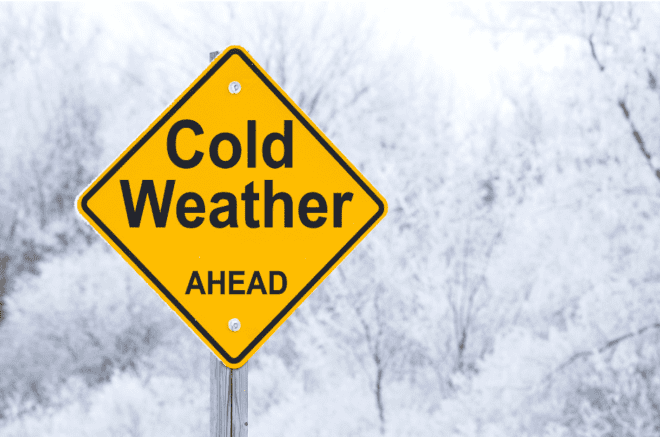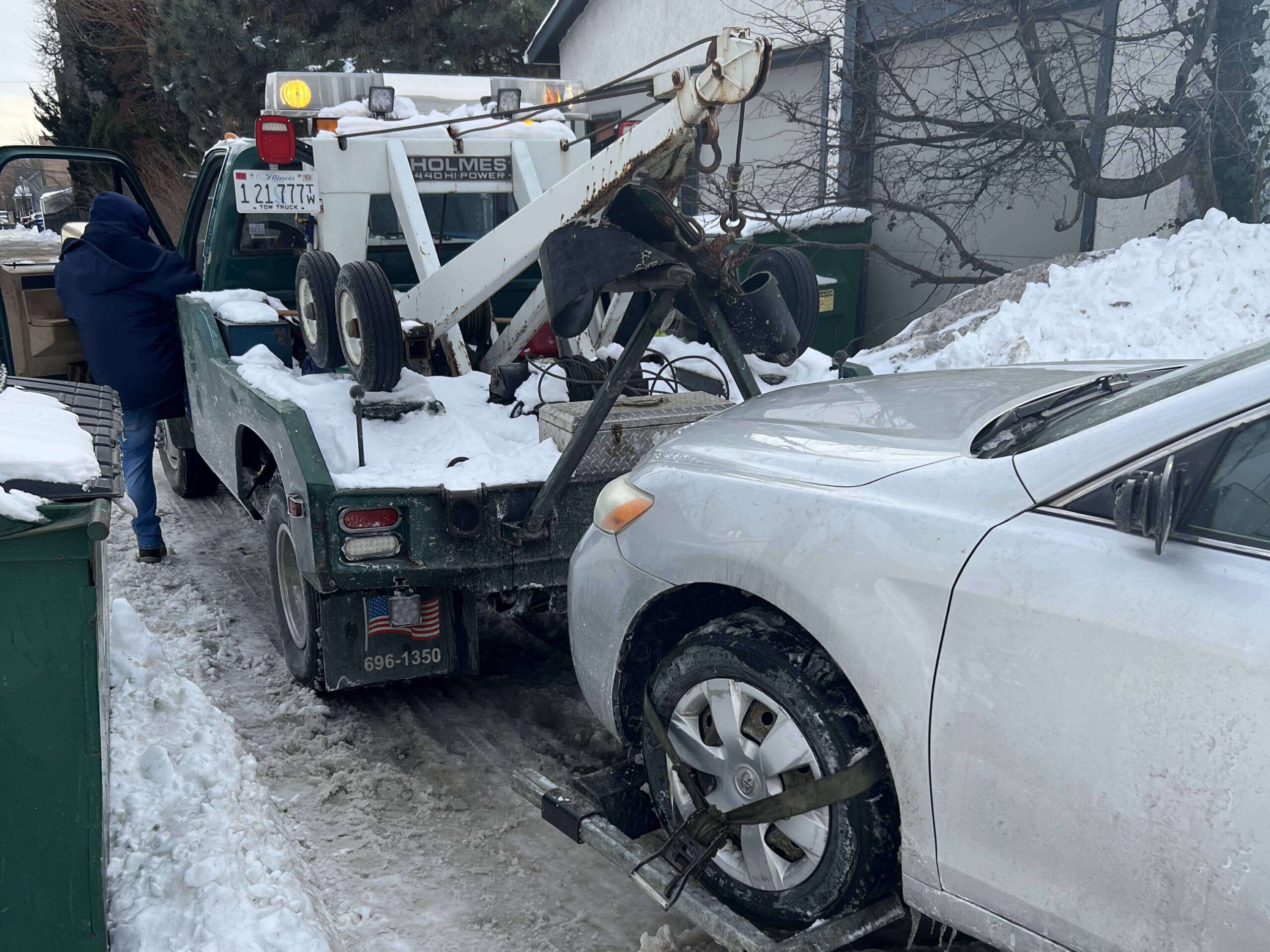12 Winter Driving Safety Tips: Your Roadmap to a Safer Journey
Introduction
As winter blankets the world in a serene layer of snow, it also ushers in challenges for drivers. Cold temperatures, snow-covered roads, and icy patches can turn a simple drive into a potentially hazardous adventure. At Rick’s Emergency Roadside Assistance, we’re here to be your guiding light through the frosty highways with our 12 winter driving safety tips. These tips are designed to keep you and your loved ones safe and reduce the chances of needing emergency assistance on those icy roads.

12 Winter Driving Safety Tips
1. Prepare Your Vehicle and Consider Winter Tyres
Before the first snowflake falls, make sure your vehicle is winter-ready. Check your tires, inspect your brakes, change your oil, and ensure all lights and heaters are in top-notch condition. Inspect your tires and pay close attention to the tread lines. Tread depth is critical for maintaining traction on slippery roads. The minimum legal tread depth is typically 2/32 of an inch, but for winter driving, it’s recommended to have at least 6/32 of an inch. Consider switching to winter tires for superior grip on icy roads. Winter tires have a specialized rubber compound that remains flexible in cold temperatures, providing better traction. Regular maintenance can be your savior against cold-weather breakdowns.
2. Upgrade to Winter Wiper Blades and Fluid
Visibility is everything in winter conditions. Upgrade your wiper blades to those specially designed for winter to prevent ice buildup. Switch to winter-grade washer fluid to ensure a crystal-clear windshield.
3. Keep Your Gas Tank Half Full
Avoid running out of gas in frigid weather. Keeping your tank at least half full not only prevents fuel lines from freezing but also provides a buffer for unexpected delays.
4. Assemble an Emergency Kit
Prepare a winter emergency kit with essentials like warm blankets, a powerful flashlight, extra clothing, non-perishable snacks, and a well-stocked first-aid kit. This kit can be a lifesaver if you ever find yourself stranded.
5. Plan Your Route and Stay Informed
Check the weather and road conditions before your journey. Plan your route accordingly and inform someone about your travel plans, including your estimated arrival time. Staying informed is crucial for safe winter driving.

6. Clear Snow and Ice Thoroughly
When clearing your car, don’t just focus on the windows. Remove all snow from your roof, hood, trunk, and lights to prevent obstructed vision and hazards to other drivers.
7. Drive Cautiously and Increase the Following Distance
In slippery conditions, it takes longer to stop. Reduce your speed and increase your following distance to give yourself ample time to react to unexpected situations.
8. Brake Smoothly and Avoid Sudden Movements
Apply your brakes gently to prevent skidding. If your vehicle has anti-lock brakes (ABS), maintain steady pressure. In a skid, steer in the direction you want to go.
9. Be Extra Cautious on Bridges and Overpasses
Bridges and overpasses freeze faster than regular roads. Approach them with added caution and maintain a consistent speed to prevent skidding.
10. Use Low Beams During Snowfall
Switch to low beams when driving in falling snow or fog to enhance visibility. High beams can reflect off snowflakes and reduce visibility.
11. Beware of Black Ice
Black ice is deceptively dangerous. Be particularly vigilant in shaded areas, bridges, and overpasses as these spots are prone to black ice formation.
12. Stay Updated with Weather and Traffic Reports
Stay connected with real-time weather and traffic updates during your journey. If conditions worsen, consider delaying your trip or finding a safe place to wait it out.
Conclusion
Winter driving may be challenging, but with the right knowledge and preparation, you can conquer the coldest of roads. Rick’s Emergency Roadside Assistance urges you to follow these 12 winter driving safety tips. By doing so, you not only ensure your safety but also minimize the likelihood of needing our services during the frosty winter months. Remember, a little caution goes a long way, and it’s always better to arrive late than not to arrive at all. Drive safely and enjoy the enchantment of winter on the roads!